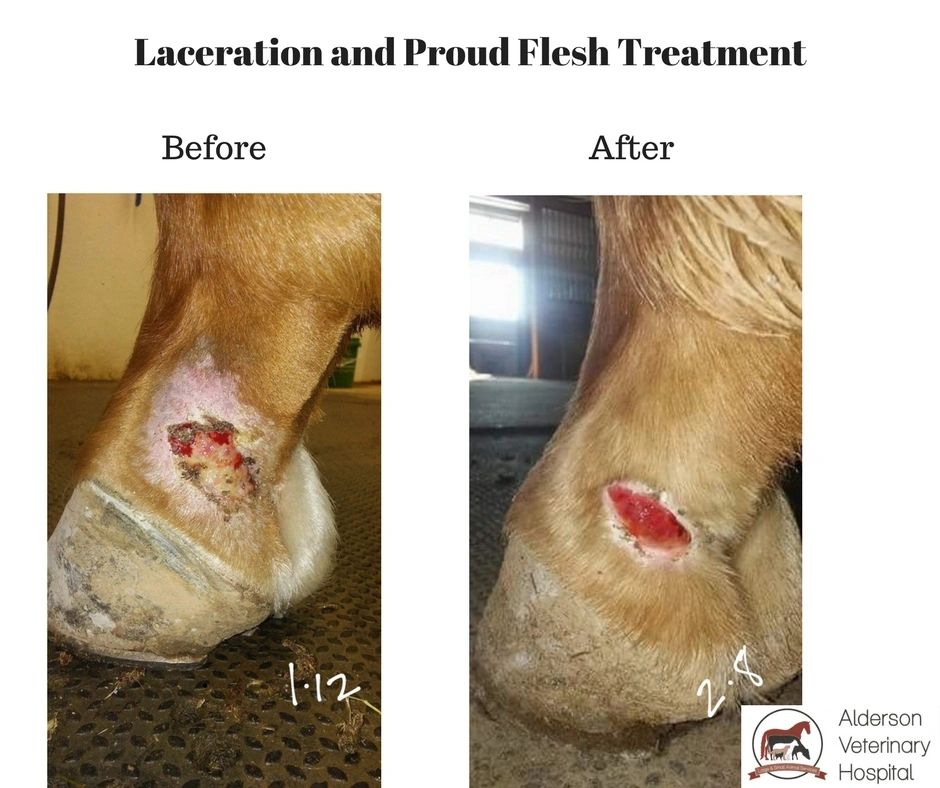Why Equine Therapy is Coming To Be a Preferred Choice for Emotional Wellness
Why Equine Therapy is Coming To Be a Preferred Choice for Emotional Wellness
Blog Article
Examining the Efficiency of Laser Therapy in Equine Treatment for Injury Rehab
The assessment of laser treatment's effectiveness in equine injury rehab pivots on multiple aspects, consisting of recovery time, discomfort reduction, and tissue regeneration. Vets frequently observe remarkable results with laser therapy compared to traditional approaches, positioning it as a vital aspect in equine care.
Recognizing Laser Treatment
Laser therapy has actually ended up being a critical device in veterinary medication, particularly in the treatment of equine problems. Recognized for its non-invasive nature and efficacy, laser treatment includes the application of specific wavelengths of light to boost tissue repair service and reduce swelling. This restorative method is progressively favored for its capability to increase the healing process in steeds suffering from a range of musculoskeletal injuries and chronic problems.
The key system behind laser therapy is its capability to enhance mobile functions. Additionally, laser therapy promotes vasodilation, enhancing blood circulation and oxygen shipment to damaged cells, hence quickening healing.
In equine medicine, laser treatment is particularly helpful for problems such as tendonitis, osteo arthritis, and wound recovery. The technique is lauded for its pain-relieving properties, permitting equines to reclaim wheelchair and function a lot more quickly. Veterinarians likewise value its very little side effects contrasted to other treatment modalities, making it a trusted and safe option for equine treatment.

How Laser Therapy Works

Upon absorption, these photons cause a series of biochemical modifications, boosting mitochondrial feature and resulting in raised adenosine triphosphate (ATP) production. This increase in ATP speeds up cellular metabolism, promoting cells repair and regrowth. In addition, laser therapy modulates inflammatory actions by impacting cytokine levels and reducing oxidative anxiety, thereby minimizing discomfort and swelling.
An additional considerable aspect of laser treatment is its role in enhancing microcirculation. The therapy advertises vasodilation, boosting blood circulation and oxygen delivery to broken tissues (Equine Therapy). This helps with the elimination of mobile debris and supports the expansion of fibroblasts and collagen synthesis, essential for injury healing
Clinical Proof
The efficiency of laser therapy in equine therapy has actually been corroborated via various professional studies, showcasing its therapeutic potential throughout an array of conditions. A study performed by Turner et al. (2012) showed that equines treated with low-level laser treatment (LLLT) for tendon injuries displayed sped up recovery compared to those receiving standard therapies.
Likewise, research study by Johnson and associates (2015) concentrated on equine muscle injuries, revealing that laser therapy substantially quickened muscular tissue fiber regrowth and decreased muscular tissue rigidity. These searchings for were corroborated by histological analyses revealing enhanced muscle mass tissue organization. Clinical evaluations have actually revealed that laser treatment can ease persistent conditions such as osteo arthritis. A research by Smith et al. (2018) reported that horses with osteoarthritic joints experienced remarkable discomfort alleviation and boosted series of motion complying with a routine of laser therapy sessions.
Veterinarian Insights

Veterinarians additionally appreciate the convenience of laser therapy. She aims out that laser treatment can be customized to the specific needs of each equine, making certain site ideal results.
Moreover, vets value the capacity to incorporate laser therapy with other therapy techniques. This multimodal strategy can enhance general therapy efficacy, offering a thorough remedy for equine rehabilitation. Such endorsements from experienced professionals emphasize the growing acceptance and application of laser therapy in equine medication.
Practical Considerations
A key element of executing laser treatment in equine treatment involves understanding the functional considerations that ensure its effectiveness and security. Firstly, it is crucial to choose the suitable laser device, as various types vary in wavelength, power, and penetration depth. Equine Therapy. Veterinarians should be skilled in these parameters to customize therapy protocols effectively to every injury kind
Moreover, the frequency and period of laser therapy sessions need cautious planning to make best use of healing advantages while reducing any kind of prospective damaging effects. Regular surveillance of the steed's response to therapy can lead required adjustments in the therapy program. Developing a safe and controlled atmosphere during therapies is also vital to avoid unexpected direct exposure to laser discharges, which can harm both the equine and the trainer.
Training and qualification of workers carrying out laser treatment are extremely important to ensure proper method and to maintain security requirements. In addition, keeping exact documents of each session, consisting of laser setups and observed end results, is essential for reviewing the total effectiveness of the therapy and for making data-driven choices.
Verdict
Laser treatment has actually emerged as a reliable technique in equine injury Full Report recovery, supplying considerable advantages in healing time, discomfort alleviation, and tissue recovery. For optimal outcomes, constant tracking and customized therapy read this protocols remain important in leveraging the complete possibility of laser therapy in equine care.
Report this page